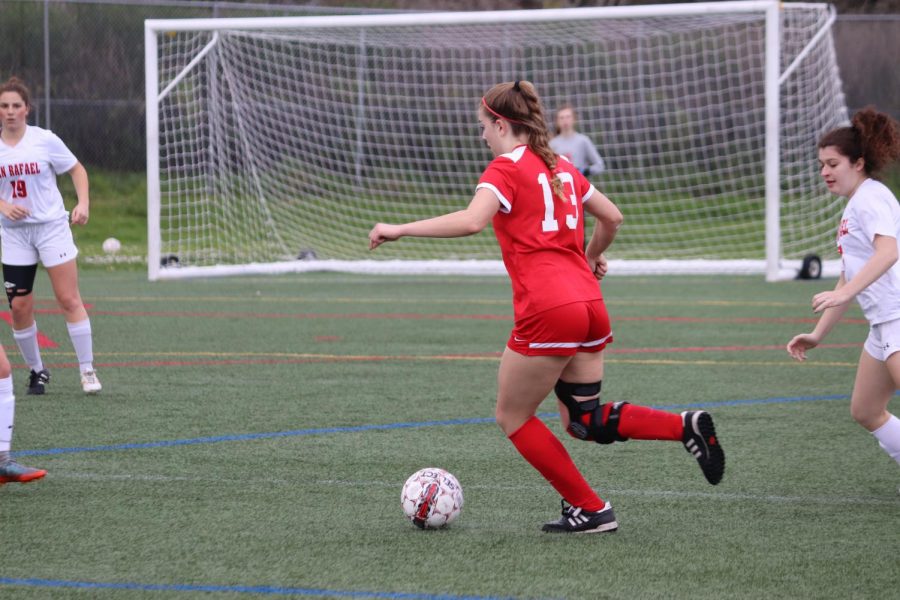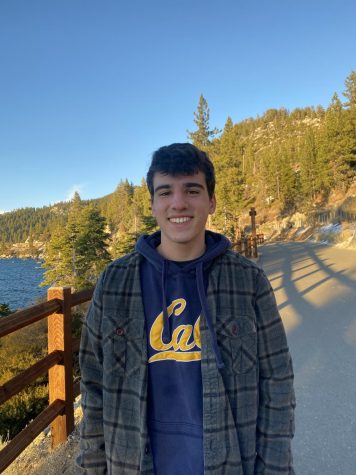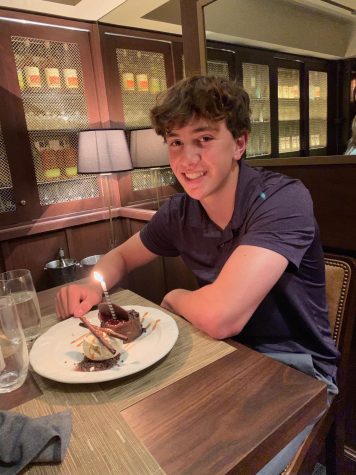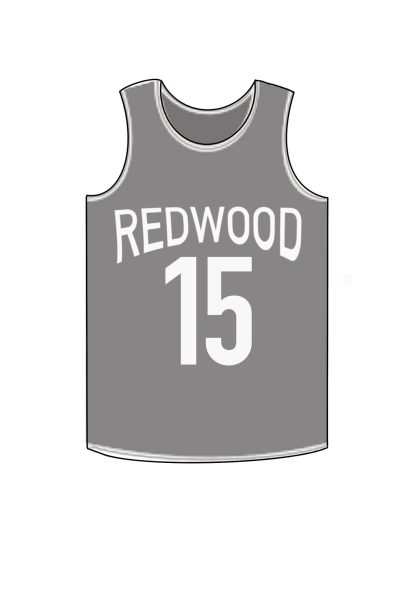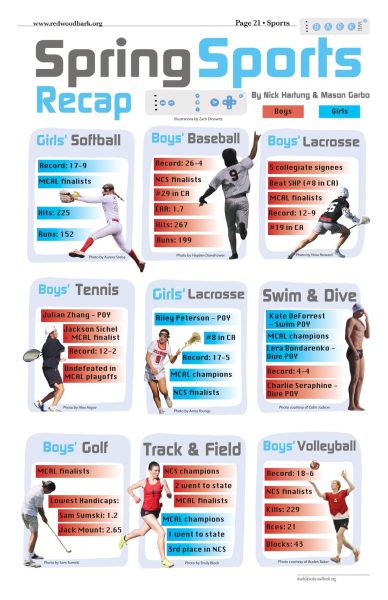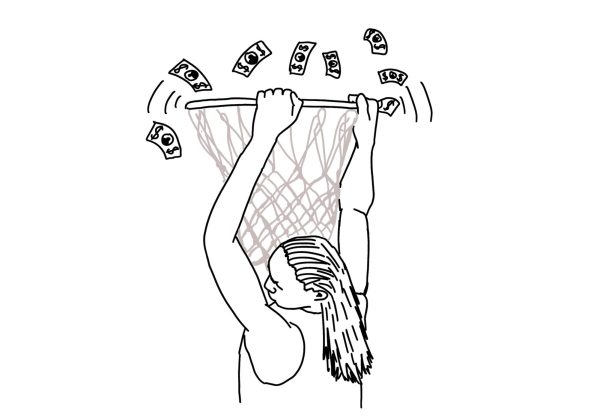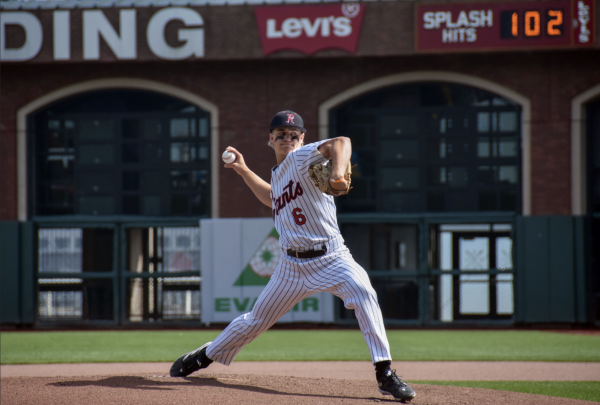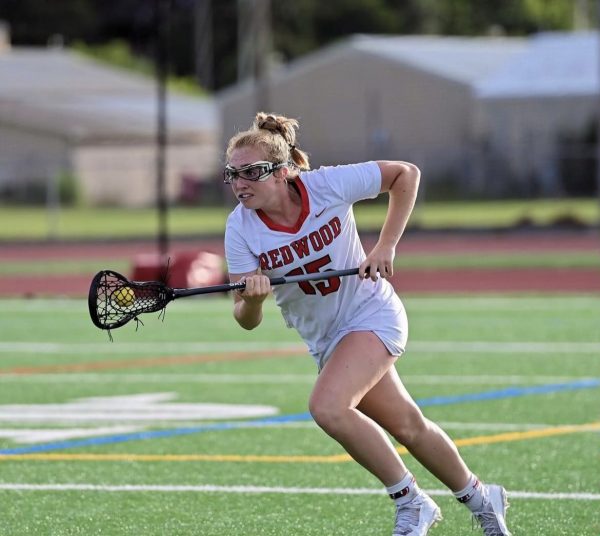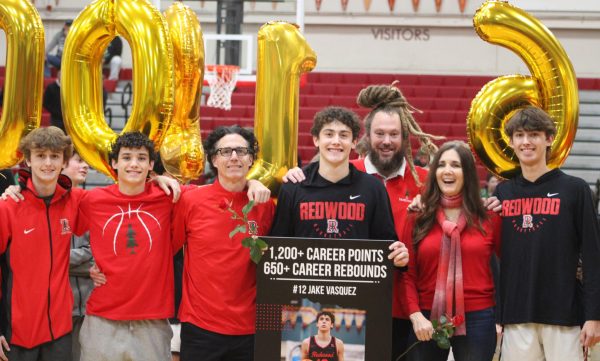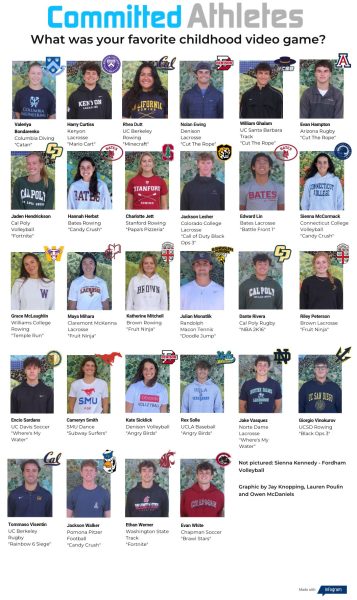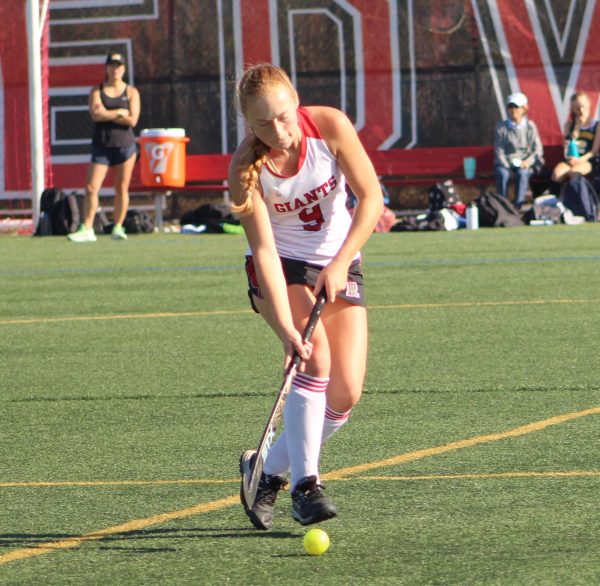ACL tears are ripping Redwood athletes from their teams
April 28, 2019
Tom Brady, Adrian Peterson and Zach Lavine are all professional athletes who have suffered through one of the most devastating injuries: a torn anterior cruciate ligament (ACL). The ACL is a ligament in the knee that helps stabilize the joint and is crucial for a full range of motion. Recovering from a torn ACL most often requires surgery, months of rehab and missing the entirety of a sports season. However, it is not just professional athletes who suffer from this injury. According to the American Academy of Pediatrics, more and more high school athletes have gone through the process of repairing a torn ACL, and for the last two decades, the rate of ACL tears among children and teens has been increasing 2.3 percent annually.
Senior Mckenna McGonigle has suffered from the pain of a torn ACL twice in her athletic career. McGonigle’s first torn ACL occurred during a soccer game in November of her sophomore year when she misstepped and an opposing player hit the outside of her foot. She underwent surgery to repair her ACL in December of 2017, and despite the recommended recovery time for ACL surgery being around nine to twelve months, McGonigle was back on the field just seven months after her first injury. She attributes this second tear to the reduced recovery time.
“I rushed back on the field way too quick,” McGonigle said. “I think that’s definitely why I tore it a second time, unfortunately.”
According to the Mayo Clinic, an organization dedicated to providing clinical practice, depending on the severity of the tear, surgery may be needed if recommended by a doctor, which is what McGonigle underwent following her second injury.
After McGonigle’s second injury and subsequent surgery, she learned her lesson and took the recovery process much slower. She decided to resume playing after the recommended 10 months had passed following the tear in order to ensure proper recovery.
“The physical recovery is definitely really hard. You have all this muscle atrophy and you have to wait for the tendon to attach, but also it’s tough on you mentally to have to sit out of a sport you’ve been playing your whole life for a full 10 months,” McGonigle said.
Sophomore Hudson Felger can also relate to both the physical and mental pain of the tear. Felger tore his ACL when he took a hit to the side of his knee in August while playing football. He underwent surgery soon after and has been working to gain his strength back since then.
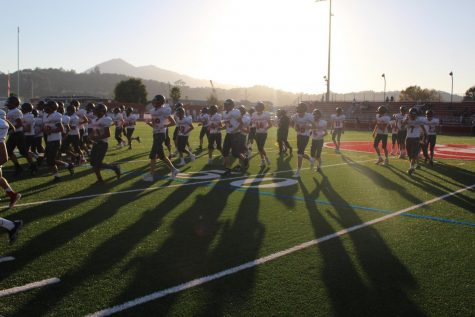
“I’ve been doing rehab for about five months now,” Felger said. “It’s actually very difficult and annoying, but I know it’s something I have to do if I want to get healthy.”
Despite finding the physical therapy to be very challenging, Felger, like McGonigle, felt that the hardest part was sitting out.
“I missed the entire football season, and that was pretty devastating,” Felger said.
In addition to missing out on Redwood’s football season, Felger’s recovery time will cut into much of Redwood’s lacrosse season as well. At this time last year, Felger was playing lacrosse for Redwood’s junior varsity team, but this year he will be forced to continue physical therapy and watch from the sidelines.
In order to prevent future and first-time injuries, the Mayo Clinic recommends using proper fitting equipment as well as stretching and improving technique when jumping, pivoting, and cutting. A proper warm up and strengthening of the leg muscles is also a recommended preventative measure. And, though often unavoidable, the Mayo Clinic suggests avoiding turf surfaces as that increases the risk of a tear.
“Realistically, I knew I wasn’t going to be able to play lacrosse this year, and that I’d have to be rehabbing at this time,” Felger said. “But it’s still disappointing not being a part of the team.”
Unfortunately, Felger has a long road ahead of him, as his doctors told him he should be fully recovered in an additional five months. However, he is optimistic about what is to come.
“The hardest part was definitely right after the surgery,” Felger said. “Now that that is behind me, I’m confident I can get through this.”

